7 Dog Treats That Are BAD for Dogs
We all love giving our dogs treats from time to time. However, offering the wrong treats or too many can harm your pup’s health.
There are a few dog treats that are bad for dogs found on the shelves of grocery stores. When you look at the ingredient labels, most will inform you that the treats shouldn’t account for more than 10% of your dog’s caloric intake.
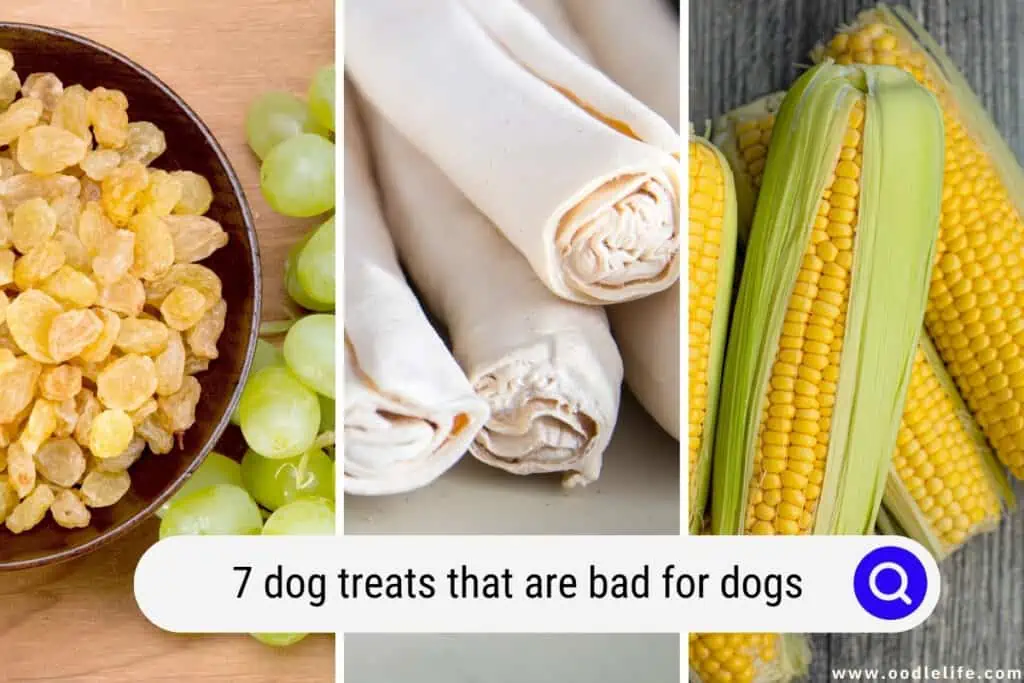
Because they have a warning on the bag, some dog treats companies don’t hold the contents to a high standard. Some may even add harmful ingredients to save money.
Additionally, you may not consider some human foods harmful when giving your dog a treat. While some fruits, vegetables, and other human foods are okay in moderation, some are toxic. Let’s discuss the seven dog treats that are bad for dogs and what makes them harmful.
1. Rawhides
Rawhides are a somewhat familiar dog treat that you may not have realized can harm your dog. These treats are made from the leather industry’s leftovers. Typically they’re taken from slaughterhouses and placed into salty brines to help slow decay.
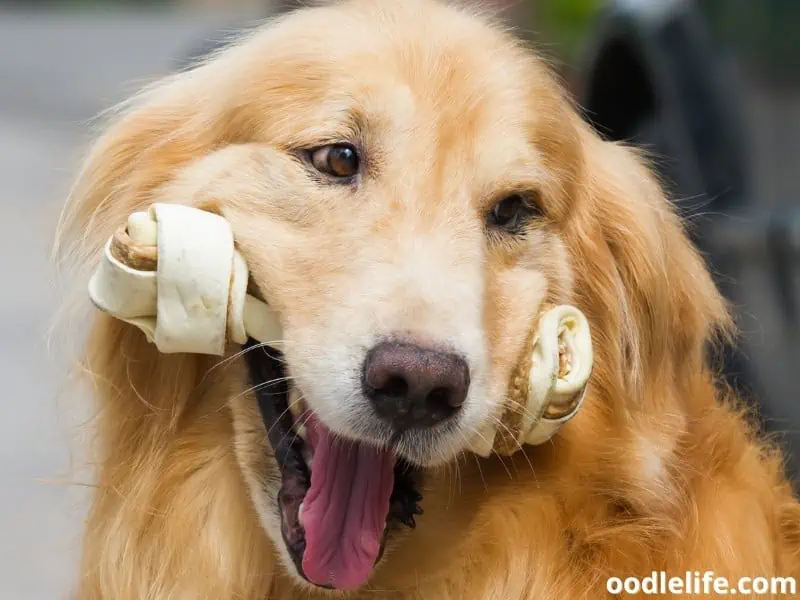
Most rawhides are manufactured in China; it can take months before they arrive at the tanneries. Due to the process of creating rawhides, there may be toxic chemicals. They could also cause Salmonella or E. coli contamination.
Additionally, rawhides are meant to be long-lasting, with only small, soft pieces breaking off. However, dogs with a strong bite can chew off hard, ridged chunks that can cause intestinal blockage or be a choking hazard. If either of these events occurs, it can be life-threatening to your dog.
If your dog doesn’t bite off large chunks and you purchase an appropriately-sized rawhide, your pup may be okay to chew on it. Ultimately, however, it’s not worth it when similar chews are available that don’t pose the same risks.
2. Animal Bones
Like rawhides, animal bones can cause intestinal blockages or contain contamination. Animal bones that splinter can be even more dangerous.
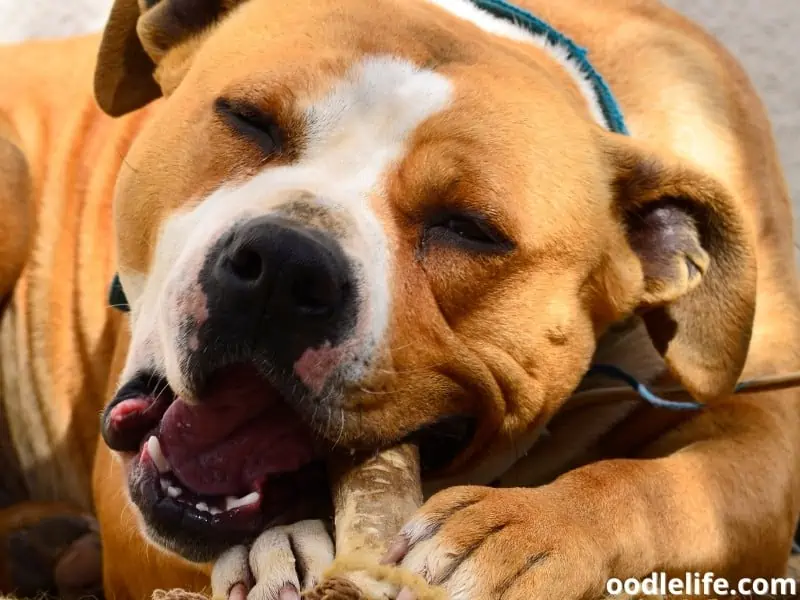
When an animal bone splinters, it will have razor-sharp edges that can injure your dog’s:
- Mount
- Tongue
- Soft palate
- Throat
If your dog ingests the sharp fragments, it can cut vital organs. For example, if the bone fragment penetrates the stomach or intestine, it can lead to a potentially fatal condition called peritonitis.
Animal bones are tough and can damage or break your dog’s teeth or jaws when attempting to chew them. Some bones may loop around the dog’s lower jaw, which can terrify your dog. Many dogs will need sedation while the veterinarian cuts the bone off.
Lastly, with any animal parts, there is a risk of contamination. Raw meat or bones may have pathogens like Salmonella, E. coli, and Listeria.
3. Grapes and Raisins
You may have heard fresh fruits and vegetables are good for your dogs. You can give your dog foods like bananas, sweet potatoes, blueberries, and green beans, to name a few. However, steer clear of grapes or raisins.

Raisins or grapes are highly toxic to dogs. In the past, researchers weren’t sure what was the cause of the reaction this fruit causes to dogs. Now, the ASPCA Poison Control Center (APPC) veterinarians believe that the tartaric acid in grapes is the root of grape toxicity.
If your dog ingests raisins or grapes, they may experience the following symptoms:
- Loss of appetite
- Lethargy
- Weakness
- Abdominal pain
- Dehydration
- Increased thirst
- Increased urine production
- Kidney failure
The breed, gender, or age of a dog doesn’t influence the grape or raisin toxicity risk. Additionally, there isn’t a proven amount that is safe. So, it’s best to avoid giving these to your dog as a treat altogether.
If your dog gets into grapes or raisins, contact your veterinarian immediately. They will likely administer activated charcoal to help prevent absorption of the toxin in the stomach and intestines and limit the damage done to the kidneys. They will also give your dog fluids and monitor their condition.
4. Xylitol
Xylitol is an artificial sweetener in baked goods, dietary supplements, and other sugar-free foods. Although you may not offer your low-sugar treats as dog treats, a typical snack is peanut butter, which may contain xylitol.
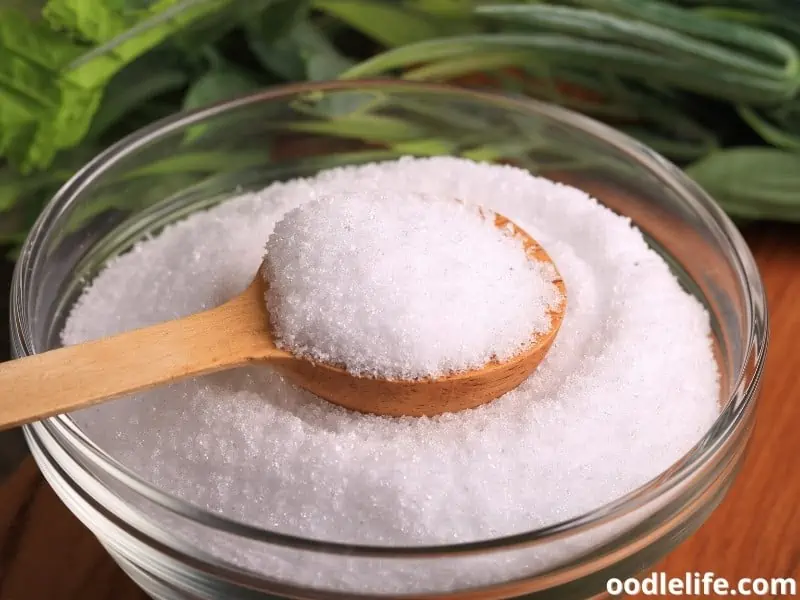
Before feeding your dog peanut or nut butter, it’s crucial to ensure there isn’t xylitol on the ingredient list. Even if you don’t plan on giving your dog food with xylitol, be careful not to leave these products in an area your dog can easily reach.
Symptoms and signs of xylitol poisoning include:
- Vomiting
- Decreased activity
- Lethargy
- Weakness
- Incoordination
- Collapsing
- Seizures
If you notice any of the above symptoms or know your dog ate something with xylitol, take your dog to the vet immediately. Because hypoglycemia and other harmful symptoms may not arise for 12-24 hours, your dog may need to stay overnight at the vet for monitoring.
5. Treats High in Starch
There are several treats on the market that have high-starch contents. These treats are okay in moderation but can damage your dog’s health if they consume too much.
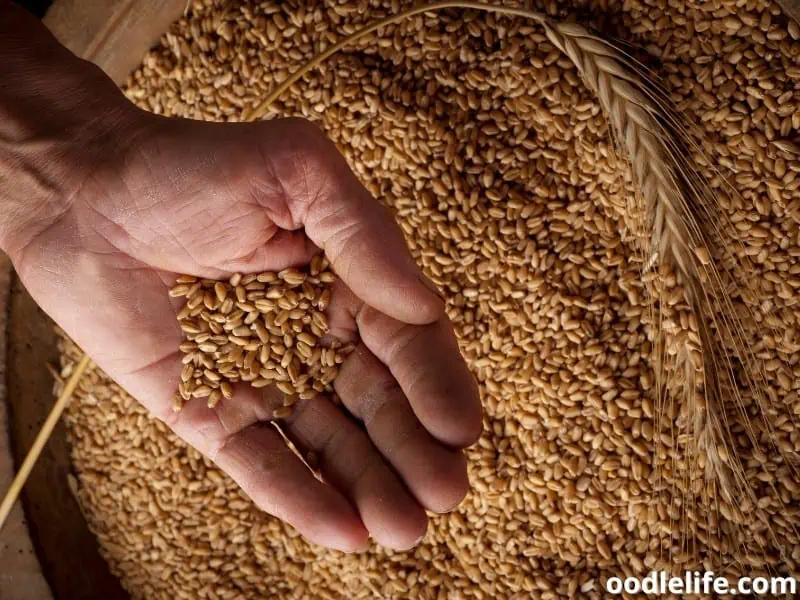
Certain crops like wheat, barley, corn, and cottonseed have aflatoxins, a type of mycotoxin. Mycotoxins are toxins produced from mold, which can be lethal to pets and humans.
The toxin may be present even if there isn’t a noticeable amount on the treats or dog food. If your dog ingests high levels of aflatoxins, it can be at risk of aflatoxicosis, liver damage, and even death.
Starchy foods and treats can also lead to weight gain, obesity, and insulin resistance. If your dog has frequent insulin spikes, your dog’s body will be less sensitive to insulin. Over time, this can lead to diabetes.
6. Treats With Artificial Preservatives
There are artificial preservatives in some dog foods and treat brands. Preservatives may lead to poor digestion and other harmful effects like coat issues, depression, and irregular bowel movements.

Look out for and avoid the following:
- BHA – Butylated hydroxyanisole
- BHT – Butylated hydroxytoluene
- Propyl gallate
Pet food and treat companies use artificial preservatives to extend the product’s shelf life. A high-quality pet food or treat brand will use natural preservatives like ascorbic acid, even if the food doesn’t keep as long.
Try making homemade dog treats to avoid artificial preservatives in treats altogether. You can find several recipes online to bake and feed your dog immediately.
7. Food or Treats With Added Salt
Like humans, dogs need salt in their diet. However, too much salt can be damaging to your pet. So, check the salt levels in any treats to ensure you’re not giving your pet too much.
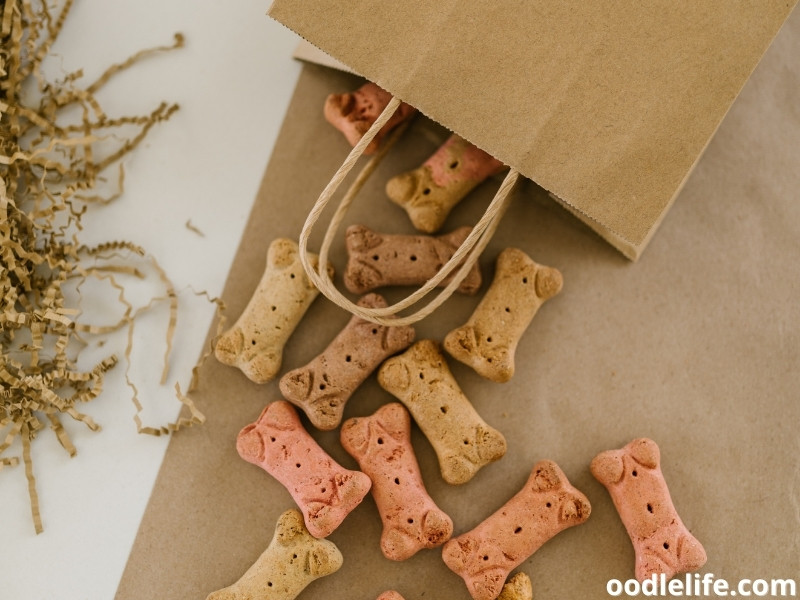
When dogs ingest too much salt, they may exhibit the following symptoms:
- Dehydration
- Vomiting
- Diarrhea
- Muscle tremors
- Lethargy
- Frequent urination
Too much salt may lead to dehydration, high blood pressure, or sodium ion poisoning. This condition can result in muscle tremors, heart attacks, or even death.
Contact your veterinarian if your dog ingests too much salt, even if there aren’t symptoms yet. By acting quickly, your vet can get your dog on an IV drip and provide electrolytes to prevent dehydration.
Final Thoughts
Dog treats that are bad for dogs include high-sodium foods, xylitol, grapes, raisins, rawhides, and more. If your dog experiences any adverse symptoms after eating new food, always take them to the vet.